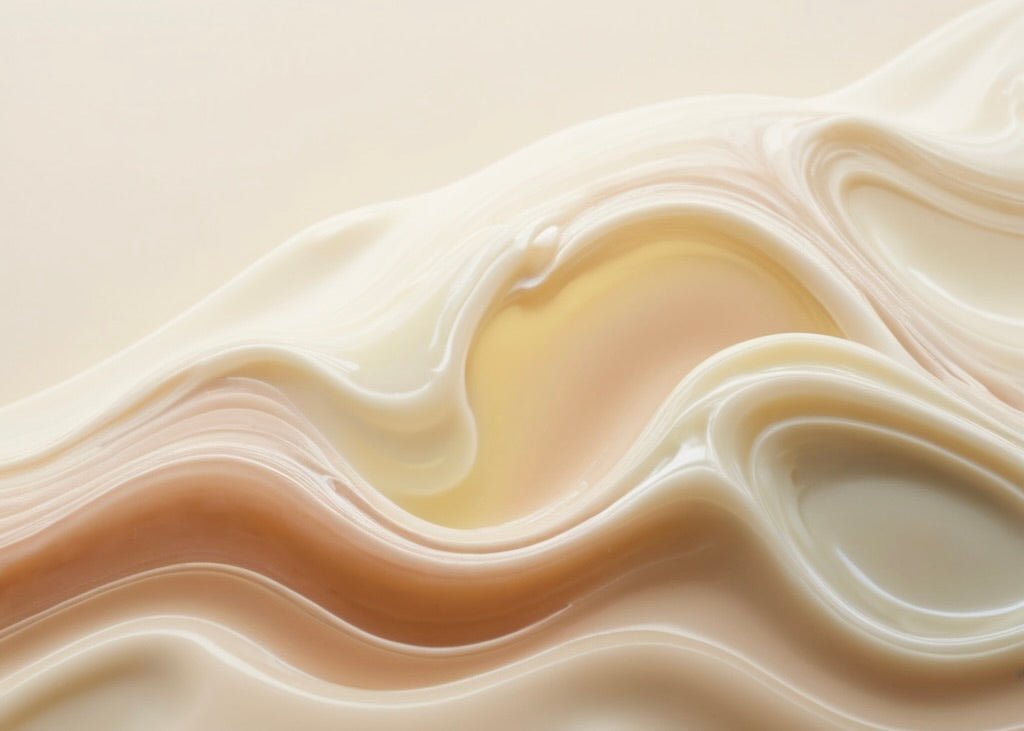
Skin Care Order: Oil Before or After Moisturizer?
In the world of beauty and skincare, the order in which you apply your products can make a significant difference in the effectiveness of your routine. One common question that often arises is whether to apply oil before or after moisturizer. This article aims to provide a comprehensive answer to this question, exploring the science behind skincare, the benefits of natural and sustainable ingredients, and step-by-step instructions for your skincare routine.
The Science Behind Skincare
Understanding Your Skin's Needs
Your skin is a complex organ with unique needs that can vary based on factors such as your age, climate, and overall health. It's important to understand these needs in order to tailor your skincare routine accordingly. For example, dry skin may require more moisture, while oily skin may benefit from oil-control products.
One key factor in skin health is the skin's natural barrier, also known as the lipid barrier. This barrier helps to protect your skin from environmental stressors and retain moisture. Both oils and moisturizers can play a role in supporting this barrier, but the order in which you apply them can impact their effectiveness.
The Role of Oils and Moisturizers
Oils and moisturizers both serve to hydrate the skin and lock in moisture. However, they do this in slightly different ways. Oils, particularly those derived from natural and sustainable sources, can penetrate the skin to nourish and repair the lipid barrier. They also help to seal in any moisture that's already present in your skin.
Moisturizers, on the other hand, typically contain a mix of ingredients designed to attract and hold water in the skin. These may include humectants, which draw water into the skin, and emollients, which smooth and soften the skin. Some moisturizers also contain occlusives, which form a protective barrier on the skin's surface to prevent moisture loss.
Oil Before or After Moisturizer: The Verdict
Consider the "Thinnest to Thickest" Rule
In general, skincare experts recommend applying products in order of their consistency, from thinnest to thickest. This is because thinner products can't penetrate thicker ones as effectively. Since oils are typically thicker than moisturizers, this would suggest that you should apply your moisturizer before your oil.
However, this rule isn't always absolute. The specific products you're using, your skin type, and your individual skin needs can all influence the best order for your skincare routine.
When to Apply Oil Before Moisturizer
There are some situations where it may be beneficial to apply oil before moisturizer. For example, if you're using a particularly thick, heavy oil, it might be more effective to apply it before your moisturizer. This can allow the oil to penetrate your skin and nourish the lipid barrier, while the moisturizer then seals in the oil and provides additional hydration.
Similarly, if you're using a very light, watery moisturizer, you might find that it's more effective to apply the oil first. This is because the oil can help to seal in the moisture from the moisturizer, preventing it from evaporating off your skin.
When to Apply Oil After Moisturizer
In most cases, however, it's likely to be more effective to apply your oil after your moisturizer. This is because the oil can help to seal in the hydration from the moisturizer, preventing it from evaporating off your skin. This can be particularly beneficial in dry climates or during the winter months, when your skin may be prone to dryness and dehydration.
Applying oil after moisturizer can also create a protective barrier on your skin, helping to shield it from environmental stressors. This can be particularly beneficial if you're using oils with antioxidant properties, as these can help to protect your skin from damage caused by free radicals.
Your Step-by-Step Skincare Routine
Now that we've explored the science behind skincare and the role of oils and moisturizers, let's look at how you can incorporate these insights into your daily skincare routine. Remember, everyone's skin is unique, so you may need to experiment to find the routine that works best for you.
- Cleanse: Start by cleansing your skin to remove any dirt, oil, or makeup. This will help your skincare products to penetrate more effectively.
- Tone: Next, apply a toner to balance your skin's pH and prepare it for the next steps in your routine.
- Apply serums: If you use serums, apply them next. These should be applied in order of their consistency, from thinnest to thickest.
- Apply moisturizer: Apply your moisturizer to help hydrate your skin and lock in moisture.
- Apply oil: Finally, apply your oil to seal in the moisture from your moisturizer and nourish your skin's lipid barrier.
Remember, the most important thing is to listen to your skin and adjust your routine as needed. If you find that applying oil before moisturizer works better for you, then by all means, do what feels best for your skin.
The Benefits of Natural and Sustainable Ingredients
When choosing your skincare products, it's important to consider not only their effectiveness, but also their impact on the environment. Natural and sustainable ingredients offer a number of benefits, both for your skin and for the planet.
Natural ingredients, such as plant oils, are often rich in nutrients that can nourish and repair your skin. They're also typically free from harsh chemicals that can irritate sensitive skin. Sustainable ingredients are those that are sourced in a way that's environmentally friendly and socially responsible. This can help to reduce your carbon footprint and support ethical practices in the beauty industry.
Here are a few examples of natural and sustainable ingredients to look for in your skincare products:
- Jojoba oil: This oil is similar in composition to the skin's natural sebum, making it an excellent moisturizer. It's also easily absorbed, so it won't leave your skin feeling greasy.
- Shea butter: Shea butter is a rich emollient that can help to soften and smooth the skin. It's also a sustainable ingredient, as it's typically harvested by women's cooperatives in Africa, providing an important source of income for these communities.
- Green tea extract: Green tea is rich in antioxidants, which can help to protect your skin from environmental damage. It's also a sustainable ingredient, as it can be grown and harvested without the use of harmful pesticides.
By choosing skincare products with natural and sustainable ingredients, you can take care of your skin while also taking care of the planet.
Conclusion
In conclusion, the question of whether to apply oil before or after moisturizer isn't a one-size-fits-all answer. It depends on a variety of factors, including the specific products you're using, your skin type, and your individual skin needs. However, in most cases, it's likely to be more effective to apply your oil after your moisturizer. This can help to seal in the hydration from the moisturizer and create a protective barrier on your skin.
Remember, the most important thing is to listen to your skin and adjust your routine as needed. And don't forget to choose products with natural and sustainable ingredients whenever possible, to nourish your skin and protect the planet.














